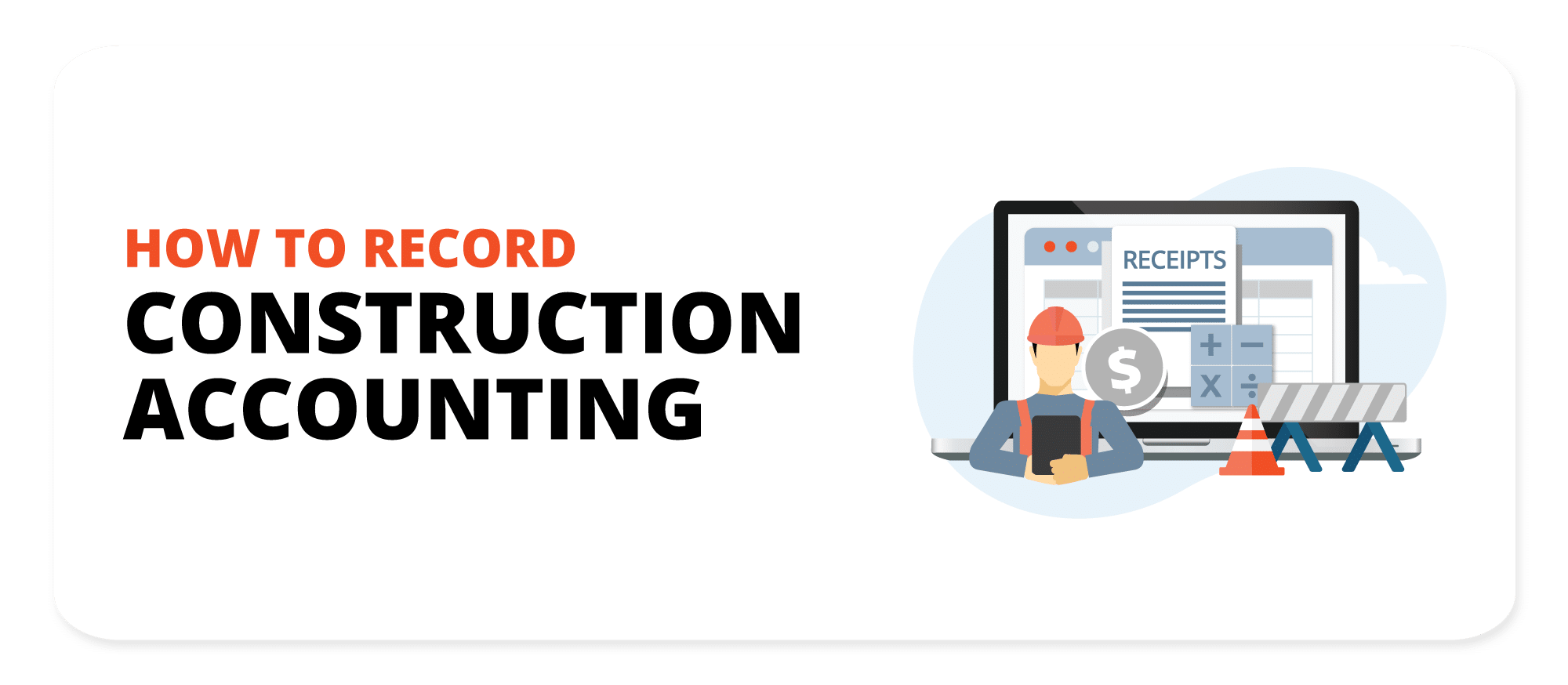Comprehending the Fundamentals of Construction Accounting for Better Financial Management
Comprehending the Fundamentals of Construction Accounting for Better Financial Management
Blog Article
A Comprehensive Overview to Construction Audit: Optimize Your Financial Administration
Effective economic monitoring is essential in the building and construction sector, where the complexities of project-based profits and costs can considerably affect general profitability. By employing best techniques in monetary reporting and evaluation, stakeholders can not only enhance functional performance however also mitigate possible dangers.
Recognizing Building And Construction Accounting
Recognizing building accounting is essential for the effective management of funds in the construction market. This specific branch of accountancy addresses the unique obstacles dealt with by building and construction firms, consisting of project-based revenue recognition, cost monitoring, and compliance with regulatory needs. construction accounting. Unlike standard bookkeeping, building and construction bookkeeping calls for an unique strategy to handle the intricacies related to lasting contracts and fluctuating prices
Key components of building bookkeeping include accurate income recognition, which typically relies upon the percentage-of-completion technique or completed-contract approach, depending upon the task's nature. This ensures that monetary declarations mirror true efficiency and productivity gradually. Furthermore, task setting you back plays an important function, permitting firms to track costs connected with particular jobs, which assists in determining success and resource allowance.
One more vital facet is the monitoring of cash money circulation, which is often impacted by payment schedules and delays in receivables. Effective money circulation monitoring ensures that building firms can meet operational requirements and spend in future projects. construction accounting. Eventually, grasping building accounting furnishes companies with the devices necessary to make enlightened monetary choices, mitigate risks, and improve total operational performance in a competitive market
Task Costing and Budgeting

Budgeting, on the other hand, functions as a monetary roadmap for jobs. It involves setting economic limitations and designating sources to various project elements, therefore establishing a framework versus which real costs can be gauged. Reliable budgeting requires detailed analysis and forecasting, taking into account historic information, market trends, and prospective risks.
With each other, job costing and budgeting supply the necessary tools for building firms to keep track of monetary efficiency, identify variances, and change methods as needed. By executing robust job costing methods and sticking to well-structured budgets, firms can enhance their operational efficiency, mitigate economic threats, and inevitably improve their earnings in a competitive marketplace. look at here now Thus, these practices are important for sustaining long-term success within the building sector.
Monitoring Expenditures and Earnings
Properly tracking expenditures and profits is vital for building firms to maintain financial health and ensure job feasibility. Reliable monitoring enables services to check project performance, determine price overruns, and make educated economic choices. Implementing a systematic method to videotaping all economic purchases is important to attaining this objective.
Making use of construction accountancy software application can significantly improve the tracking procedure. These devices help with real-time surveillance of costs, consisting of labor, products, and subcontractor prices, while also capturing earnings created from task milestones and client repayments. By classifying expenditures and income streams, firms can get understandings into productivity and money circulation.
Combination of expenditure monitoring with task setting you back enables firms to examine the economic effect of particular projects. This method makes sure that all expenses are assigned correctly and try these out helps in identifying trends that may affect future tasks. Consistently reconciling accounts and reviewing budgets versus real costs can assist stop monetary inconsistencies and keep monetary discipline.
Financial Reporting and Analysis
Monetary reporting and analysis play a critical role in the building and construction sector, offering stakeholders with necessary understandings right into a company's economic performance and operational effectiveness. Precise monetary records, consisting of equilibrium sheets, income statements, and capital statements, are fundamental for evaluating the health of a building service. These records help identify patterns, assess task productivity, and help with educated decision-making.
In building accounting, economic analysis exceeds plain reporting; it includes inspecting economic information to uncover underlying patterns and anomalies. Secret efficiency indications (KPIs), such as gross earnings margins, project completion prices, and return on investment, serve as benchmarks to assess functional success. Frequently assessing these metrics allows firms to determine locations requiring enhancement, maximize resource allotment, and improve task management techniques.
Moreover, efficient economic coverage fosters transparency and constructs trust with stakeholders, consisting of customers, providers, and financiers. By preserving extensive financial oversight, construction business can reduce risks, make sure compliance with regulative requirements, and ultimately drive lasting growth. Hence, a durable economic reporting and evaluation framework is crucial for navigating the intricacies of the building and construction landscape and achieving long-lasting success.
Ideal Practices for Success

2nd, adopting a consistent strategy to task setting you back is critical. This entails thoroughly tracking all expenses connected with each project, consisting of labor, products, and overheads. Frequently assessing work expenses versus initial price quotes helps identify differences early, making it possible for timely corrective actions.
Third, preserving extensive paperwork techniques makes certain compliance with policies and streamlines audits. This includes keeping detailed documents of contracts, adjustment orders, invoices, and invoices.
Additionally, buying team training is vital - construction accounting. Ensuring that workers are fluent in accounting concepts, software usage, and market criteria can considerably enhance performance and precision in economic reporting
Conclusion
Reliable monetary administration in the building industry demands a comprehensive understanding of one-of-a-kind audit concepts. Durable monetary reporting and evaluation make it possible for building experts to identify fads and examine performance.
Report this page